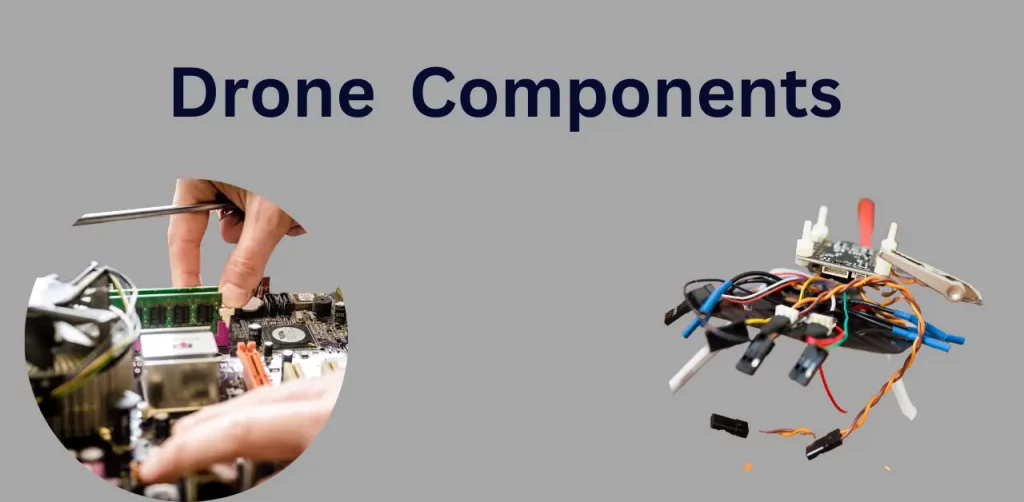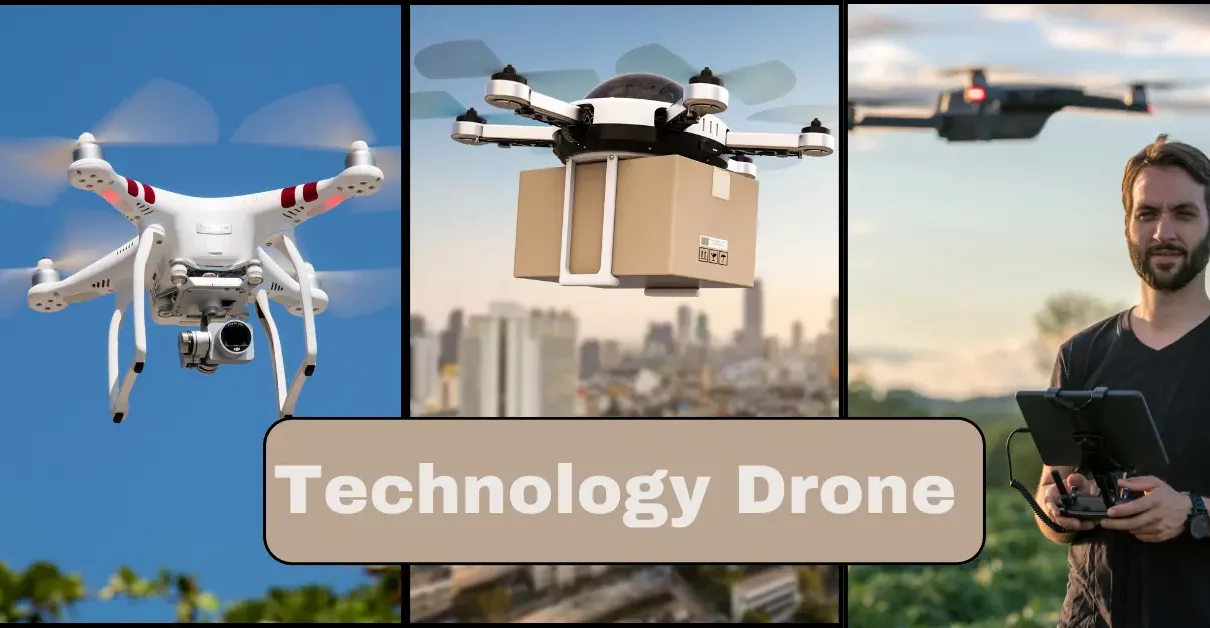Unmanned aerial vehicles (UAVs), commonly referred to as drones, have quickly progressed from military uses to becoming essential components of many industries. This article explores the structure, operation, and wide range of applications that have emerged across industries as it digs into the complex world of drone technology. Drone technology is integral to the evolving vision technology, exemplifying advancements in automation, data collection, and connectivity. Drones embody the future of versatile, efficient, and transformative technological solutions.
What is a drone?
An unmanned aircraft that can be remotely piloted or flown independently using embedded software is called a drone. Drones are made for a variety of uses and are available in different sizes and shapes. The airframe, motors, propellers, communication systems, and an on-board computer are the main parts.
How do drones work?
Aerodynamics, electronics, and computer science are all combined to power drones. The command center, or Ground Control Station (GCS), facilitates real-time control and communication. Data is collected by payloads, which can be anything from cameras to sensors. Data links allow information to be sent back and forth between the drone and the GCS.
Drone Technology: Components and Mechanisms

1. VTOL Drones:
Drones with vertical take-off and landing demonstrate their adaptability by landing and taking off vertically, just like helicopters, and then flying horizontally, just like airplanes.
2. GNSS for drones:
Accurate positioning data is made available by global navigation satellite systems, which is essential for control and navigation.
3. Gyroscopes in Drones:
Gyroscopes keep things stable by identifying and reversing any unwanted movements.
Types of Drones: Features and Differences
1. Single-Rotor Helicopter Drones:
These drones are frequently utilized in professional environments because of their stability and extended flight times.
2. Multi-Rotor Drones:
They are widely used in many different industries and are well-liked for their simplicity of use and hovering abilities.
3. Fixed-Wing Drones:
These drones are effective at covering large regions since they fly similarly to regular airplanes.
Single-Rotor Helicopter Drones
Advantages:
Enhanced stability and longer flight times
Disadvantages:
Greater maintenance and intricate mechanics.
Multi-Rotor Drones:
Advantages:
Stable hovering is simple to use.
Disadvantages:
Shorter flight duration and less payload capacity.
Fixed-Wing Drones:
Advantages:
Greater flying range, effective for mapping.
Disadvantages:
It requires more space for takeoff and landing and is less agile.
Applications of drones:

Military Drones:
Military drones reduce the risk to human life in modern conflict by being used for reconnaissance and surveillance.
Drones for delivery:
Businesses like UPS and Amazon are investigating drone delivery as a way to distribute goods more quickly and effectively.
Drones for emergency rescue:
Drones with cameras and other sensors help with search and rescue efforts by giving responders access to real-time data.
Drones in Agriculture:
Drones help precision agriculture by keeping an eye on crop health, maximizing irrigation, and evaluating general farm conditions.
Drones in Outer Space:
Drones are used in space exploration to gather data, investigate celestial bodies, and even perform satellite maintenance.
Drones in Medicine:
Drones used for medical purposes make it easier to transfer medical supplies and organs for transplantation and even quickly respond to emergencies in isolated locations.
Drones for photography:
The film and photography industries utilize drones to capture breathtaking aerial shots that were once challenging or impossible to achieve.
Regulations and Licensing:
As drone technology proliferates, the need for regulations and licensing becomes imperative. Many countries require individuals to obtain licenses before flying drones, ensuring responsible and safe operation.
Conclusion:
In conclusion, the evolution of drone technology has brought about transformative changes across various industries. From their humble beginnings in military applications to widespread use in agriculture, medicine, and outer space exploration, drones have proven to be invaluable tools. As technology continues to advance, the applications and capabilities of drones are expected to grow, opening up new possibilities and challenges.
FAQs
Q: How Can I Start Using Drones for Agricultural Monitoring?
To begin using drones for agriculture, explore specialized models equipped with imaging technology. Familiarize yourself with local regulations and undergo any required training for responsible drone operation.
Q: Are drones suitable for personal use?
Absolutely! Many drones cater to recreational users, offering easy-to-use features for capturing stunning aerial footage or enjoying the thrill of flying. Always follow local regulations for safe and responsible operation.
Q: What Are the Latest Innovations in Drone Technology?
The drone industry is dynamic, with constant innovations. Keep an eye on advancements in battery technology, obstacle avoidance systems, and improved sensors, which contribute to enhanced drone capabilities.
Q: Can drones replace traditional surveying methods?
Drones have indeed become valuable tools in surveying, offering efficiency and cost savings. However, their application may vary based on the specific requirements of a surveying project.
Q: How do drones contribute to disaster relief efforts?
In disaster-stricken areas, drones play a crucial role in assessing damage, delivering supplies, and aiding search and rescue operations. Their agility and ability to access hard-to-reach areas make them invaluable in times of crisis.







